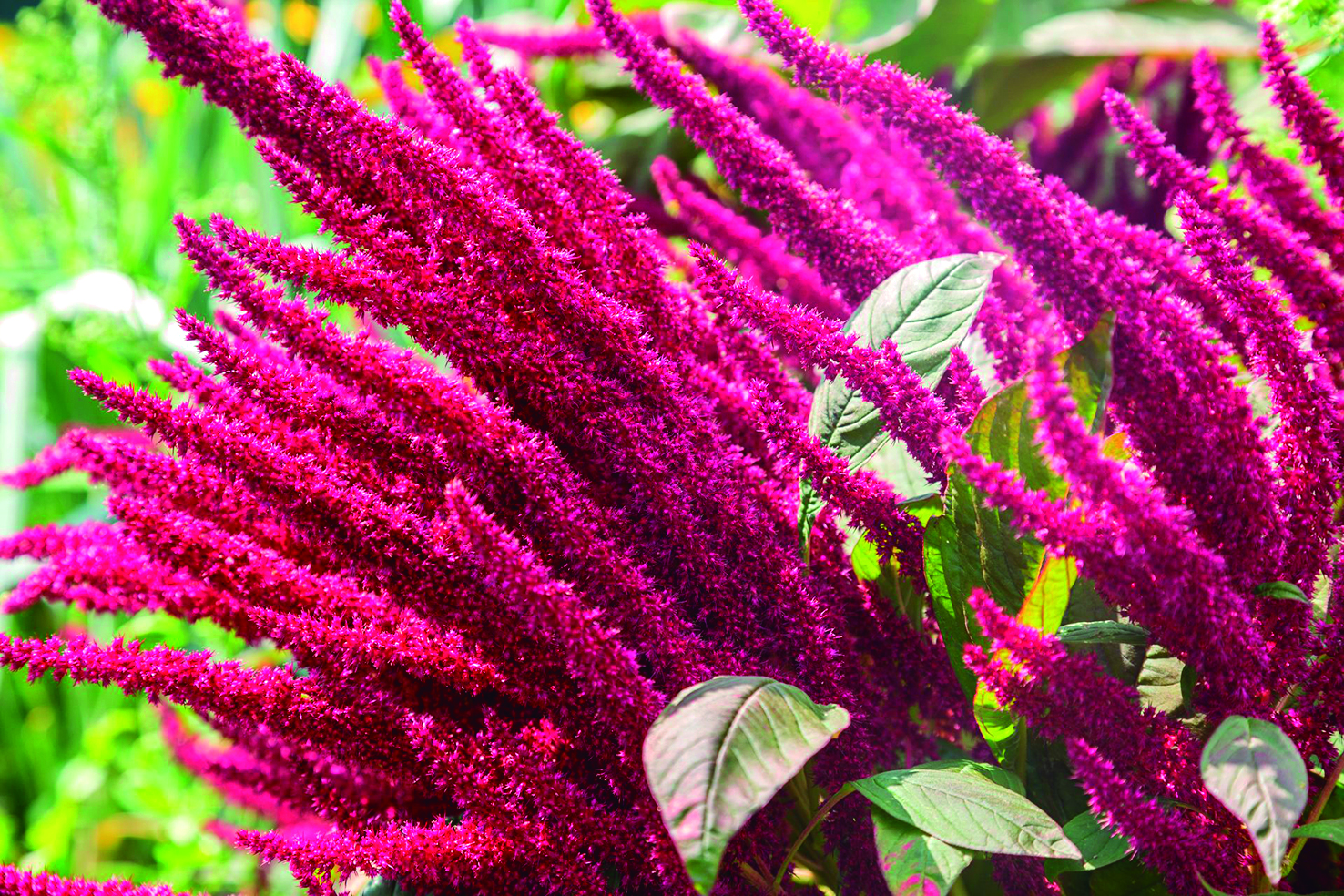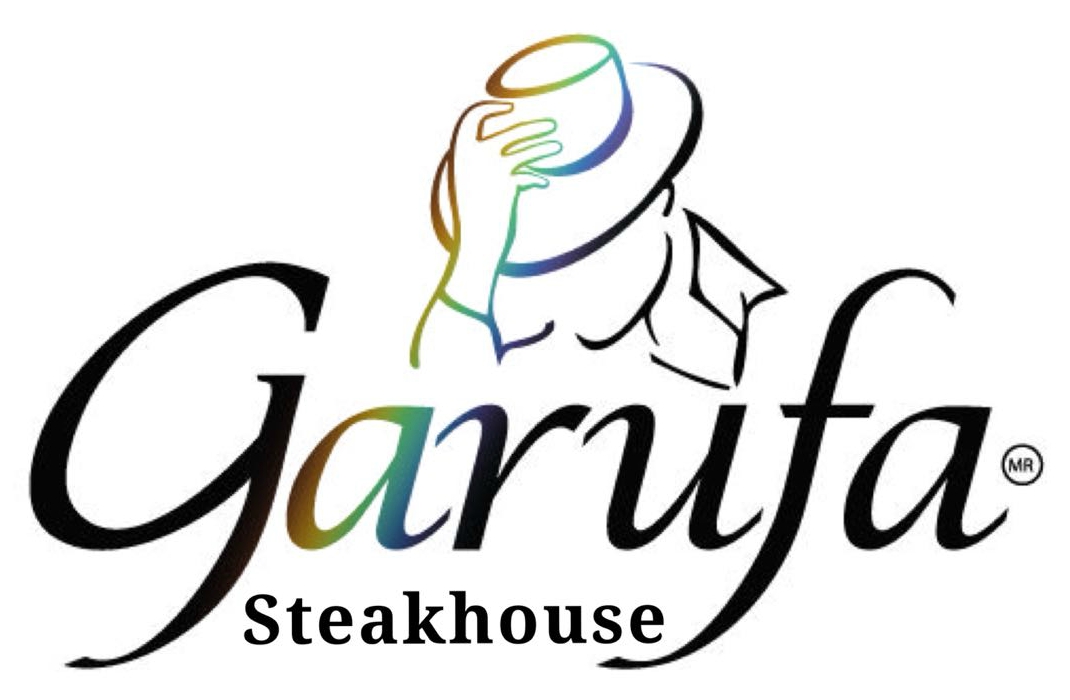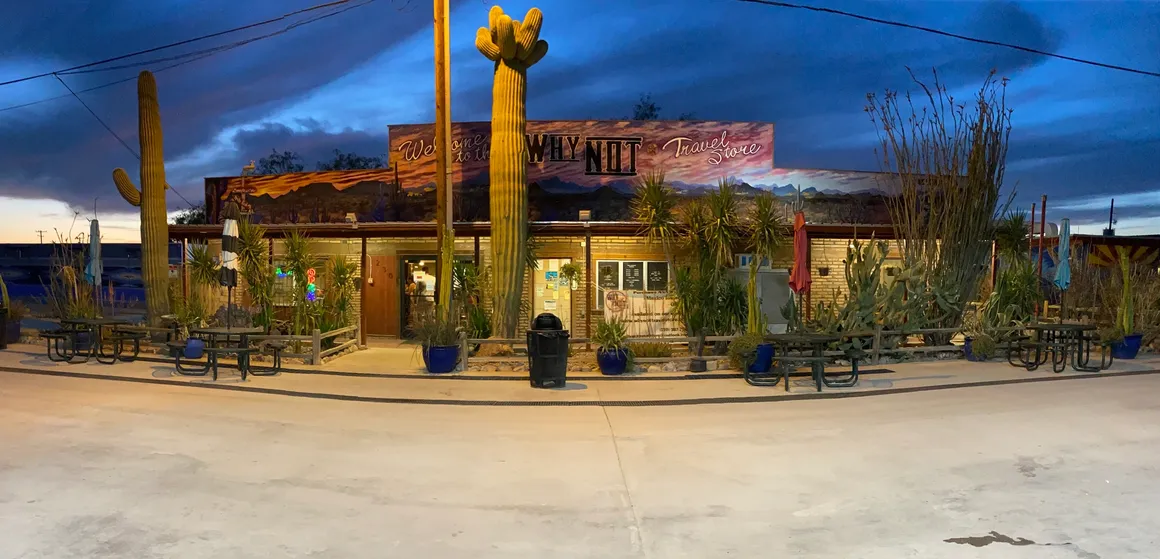For over seven thousand years, before the arrival of the Spaniards, the pre-Columbian Aztecs and indigenous people of what is now Mexico, and some areas of South America were cultivating Amaranth. This plant was their principal staple food. Amaranth’s nutritious importance to the Aztecs was comparable to corn and beans. It was made into tortillas even before the use of corn. A nutritious drink was made from the ground seeds and honey. Candy was made with the popped seeds mixed with the thickened sweet sap of the agave plant. This could then be molded into different shapes and is still sculpted into skulls for the Day of the Dead.
Not only was it highly nutritious and versatile, but it was considered to have supernatural powers and was a part of Aztec religious rituals, including human sacrifice. One practice, included in their ceremonies, was to fashion idols of several of their gods made with the seeds mixed with honey.
After worshiping the likeness of the god, it was broken into pieces and eaten by the participants. In essence, it closely compared to the communion of bread and wine in the Catholic Church. Therefore, this practice, along with other religious uses, was not tolerated by the Church.
It was so deeply associated with Aztec religious rituals that the Spanish friars, in their zeal to convert the “pagans” to Christianity, outlawed the plant, subjecting them to severe punishment for the cultivating, possession, or eating of Amaranth. Fortunately for its cultivation in remote areas of Mexico and Peru, it escaped from becoming extinct.
Amaranth is not a true grain but related to the common garden plant, the colorful Cockscomb. Amaranth grows from 5 to 7 feet tall and can produce 40,000 to 60,000 seeds. Amaranth supplies up to 85% of the total human nutritional requirements. It is high in protein, and contains essential amino acids, vitamins A and C, fiber, and minerals. Cooked amaranth is easily digested.
The leaves can be used as spinach and the seeds ground into flour for gluten-free bread, cookies, and pastries. Its unsaturated oil is high in linoleic acid, an essential fatty acid, needed to ensure good health.
It is drought resistant and needs little care. It is now being grown in the Midwestern states of America and in Kenya, where it may help solve the problem of growing food that is difficult to produce in poor soil and dry climates. It can be found in health food stores as well as online.
For all your real estate needs including Bank Trusts, FM3 or subdividing please contact me at: 1 (520) 777-0018, 011 52 (638) 383-8417, local cell 044 (638) 384-7145 or email rosariesalerno@hotmail.com.



























